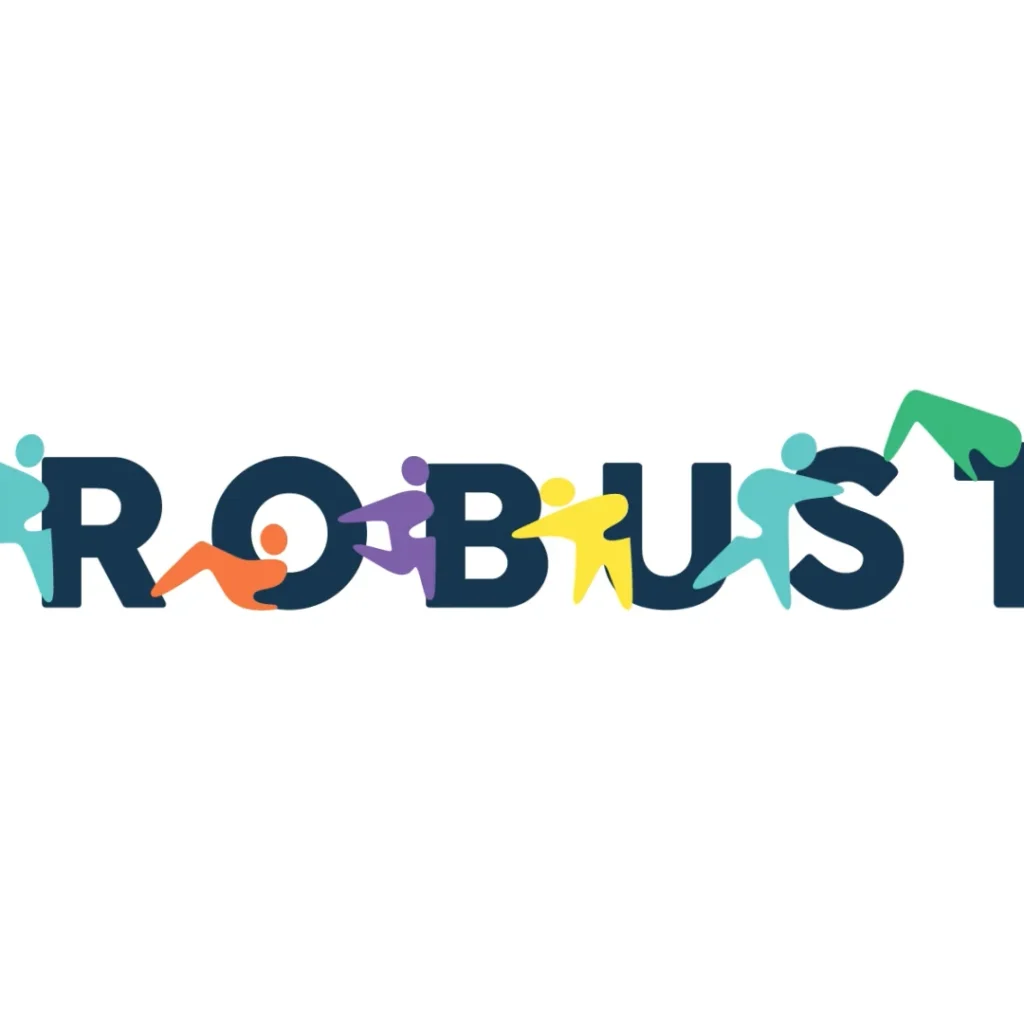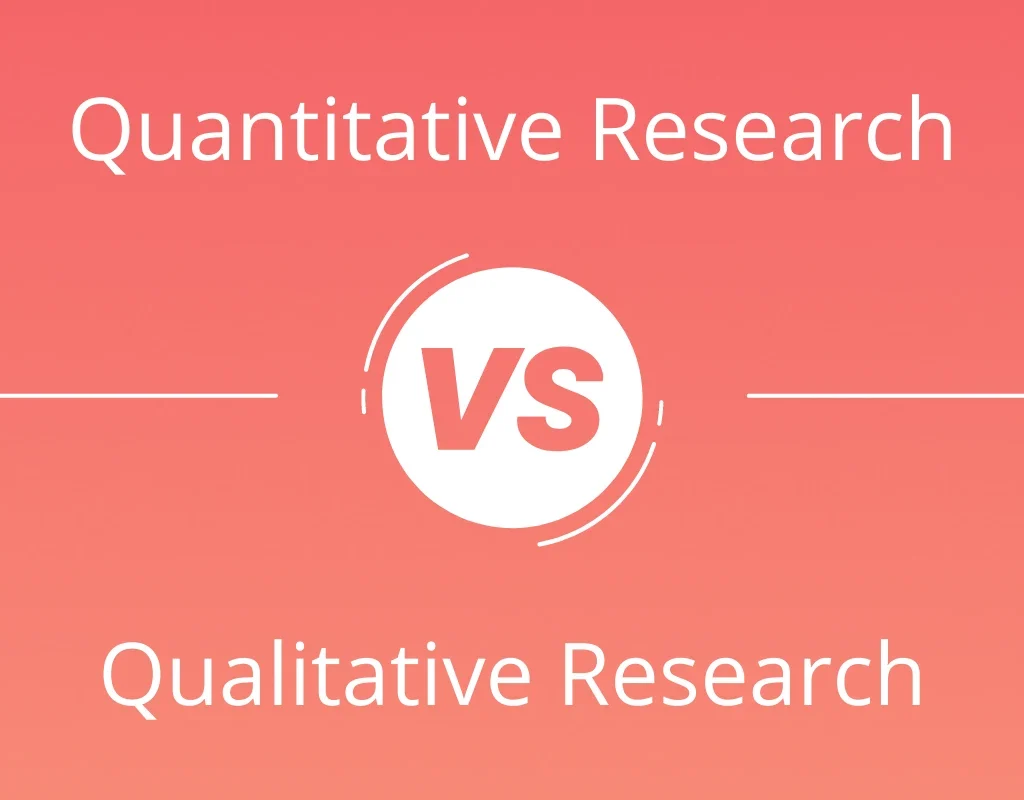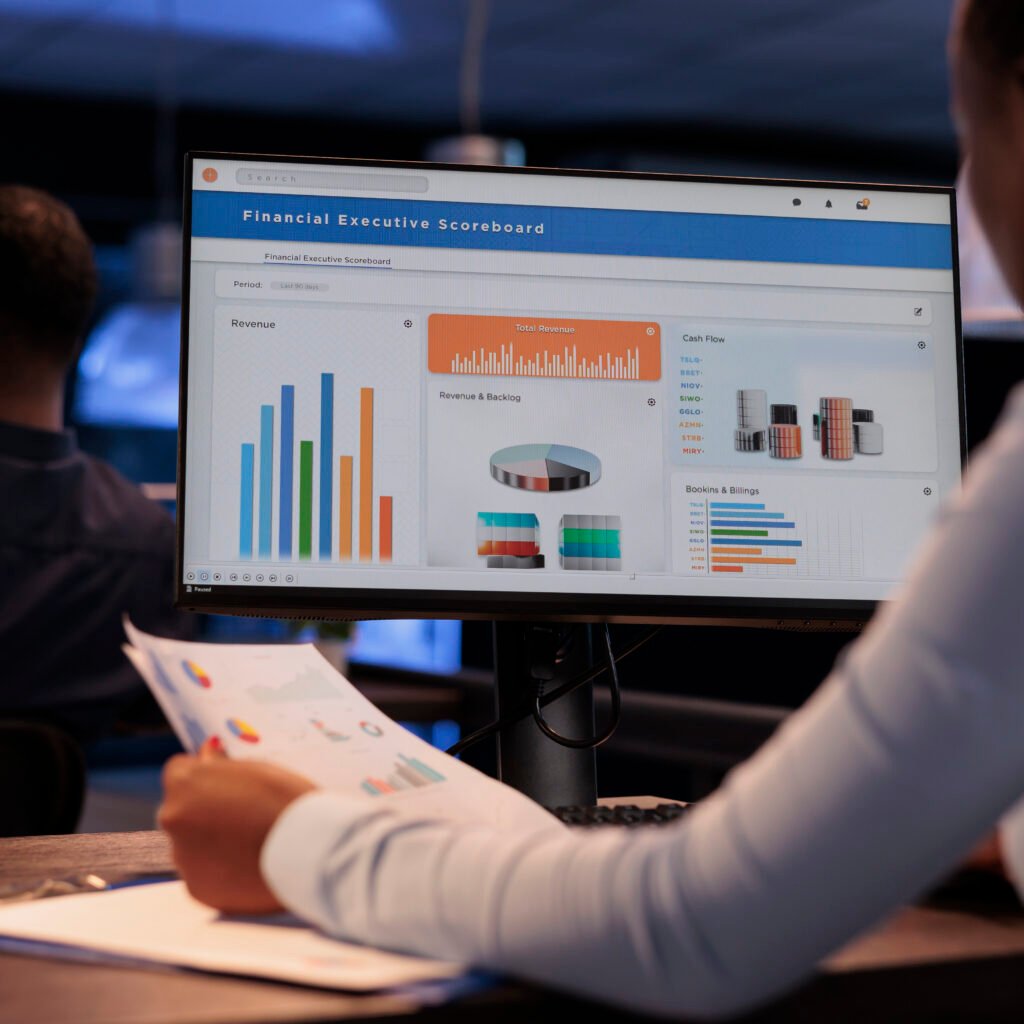In a data-driven world, the right tools for data analysis are indispensable for making informed decisions. With a wide range of tools available, each tailored for specific needs and expertise levels, understanding their functionalities is key. This article provides a deeper exploration of the most powerful data analysis tools, including STATA, highlighting their applications and strengths in various fields. Microsoft Excel Microsoft Excel remains a cornerstone for data analysis due to its versatility. Beyond its familiar spreadsheet interface, Excel boasts advanced features such as pivot tables, data sorting, and robust visualization options. Its recent integration with Power Query and Power Pivot makes it possible to handle larger datasets and create relational models, expanding its capabilities significantly. While Excel is ideal for small to medium-sized projects, it is less suited for handling large-scale or unstructured datasets effectively. Python Python has emerged as a dominant force in data analysis and machine learning. Its extensive libraries, such as Pandas for data manipulation, NumPy for numerical computations, and Matplotlib for visualization, make it a go-to tool for analysts and developers. Additionally, Python’s adaptability allows seamless integration with databases and APIs, empowering users to build end-to-end data workflows. For advanced applications, Python’s machine learning frameworks like Scikit-learn and TensorFlow provide tools for predictive modeling and automation [2]. R R is a statistical powerhouse, especially in academic and research settings. Its specialized packages, such as dplyr for data manipulation and ggplot2 for advanced graphics, enable users to conduct in-depth statistical analyses and create high-quality visualizations. R is particularly valued for its ability to handle complex data sets and models, making it an essential tool for statisticians and data scientists. RStudio, its integrated development environment, further streamlines analysis, enhancing user productivity [3]. Tableau Tableau revolutionizes data visualization by enabling users to create dynamic, interactive dashboards that tell compelling data stories. Its drag-and-drop interface is accessible even to non-technical users, while advanced analytics features make it equally appealing to professionals. Tableau’s integration with various data sources, including SQL databases and cloud platforms, allows users to analyze and visualize data in real-time, making it indispensable for business intelligence [6]. Power BI Microsoft’s Power BI is a robust competitor to Tableau, offering similar capabilities with a focus on seamless integration with the Microsoft ecosystem. It provides advanced analytics, customizable dashboards, and the ability to publish reports across platforms. Power BI is particularly beneficial for organizations already using Microsoft services, as it enhances data analysis and visualization capabilities within familiar systems like Excel and SharePoint [2]. SPSS IBM’s SPSS remains a staple in social science research, healthcare, and market analysis. Its user-friendly interface simplifies statistical tests and predictive analytics, making it accessible to users with limited programming skills. SPSS is particularly valuable for survey data analysis, as it provides built-in functions for data cleaning, descriptive statistics, and inferential modeling [3]. STATA STATA is a statistical software tool widely used in academia and research, particularly in fields like economics, sociology, and epidemiology. Known for its robust data management capabilities, STATA simplifies everything from basic descriptive statistics to advanced econometric modeling. Its syntax-based interface enables reproducible workflows, while its extensive libraries and community support make it a versatile choice for professionals and researchers. STATA’s visualization tools and ability to handle panel data efficiently distinguish it from other statistical software options [1]. SAS SAS provides powerful data management and analytics capabilities, making it a top choice for industries like finance, healthcare, and government. Its proprietary tools are designed for advanced analytics, predictive modeling, and data mining. Despite its steep learning curve and cost, SAS is highly regarded for its scalability and security in handling sensitive data, particularly in enterprise environments [1]. Apache Hadoop Apache Hadoop stands out for its ability to manage and process massive datasets across distributed computing systems. It is widely used in big data applications where scalability and speed are critical. Hadoop’s ecosystem, including tools like MapReduce, Hive, and Pig, allows for extensive customization, making it a preferred choice for data engineers and analysts working with unstructured data [6]. Google Data Studio Google Data Studio offers an intuitive, free platform for creating shareable reports and dashboards. Its seamless integration with Google Analytics, Sheets, and other tools makes it ideal for small businesses and digital marketers looking to analyze web and campaign data. The platform’s real-time reporting capabilities provide valuable insights, enabling faster and more informed decision-making [6]. Choosing the right data analysis tool depends on your specific needs, including the type of data, the scale of analysis, and the intended outcomes. While Excel and Tableau excel in visualization, Python and R provide the flexibility required for advanced analytics. Tools like STATA and SPSS cater to specialized domains, and platforms like Apache Hadoop and Google Data Studio serve niche purposes effectively. By understanding these tools’ strengths and limitations, users can harness the power of data to drive meaningful insights and results.










